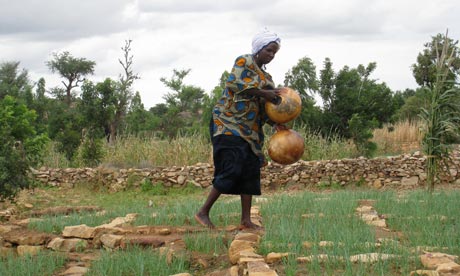
Experts say the ranks of missing people are swelling around the world, including Muslim men murdered and dumped into mass graves in Bosnia, victims of Asia's 2004 tsunami, people killed in Mexico's drug wars, and asylum seekers who drown as they flee conflicts in rickety boats.
Academics and others meeting in The Hague to discuss the plight of missing people called on Friday for more to be done to tackle the problem, saying that would contribute to more stable societies around the world.
Professor Jeremy Sarkin, a member of the U.N. Working Group on Enforced or Involuntary Disappearances, told a three-day conference that peace will be threatened in nations emerging from armed conflict "if issues relating to the missing continue to exist."
The conference was organized by the Sarajevo-based International Commission on Missing Persons (ICMP), which was formed in 1996 to help trace and identify thousands of people who went missing during the Balkan wars of the 1990s. It has grown into a repository for expertise on using DNA to identify missing people.
The organization is currently working in the Balkans, Iraq, Libya, Cyprus, Chile and El Salvador as well as helping Interpol identify victims of the recent Westgate Mall terror attack in Kenya.
In the former Yugoslavia, it has built up a database of blood samples from more than 90,000 relatives of 29,500 missing people and 54,000 bone samples exhumed from mass graves. Using DNA analysis, the group has identified some 17,000 people killed in the wars, bringing a measure of closure to their relatives.
ICMP Chairman Thomas Miller said exact numbers of the missing worldwide are almost impossible to gauge, but he said thousands of people disappear each year.
"The world needs a global mechanism that has the strength and backing of the international community to successfully address this painful issue," he said.
Dutch Foreign Minister Frans Timmermans appealed for the ICMP to be given a formal status under international law.
"I call upon national governments to support our efforts to make it easier for this organization to operate around the world," he told delegates.
People disappear daily around the world for a variety of reasons, experts say.
In Mexico, the government's war on drugs has triggered a surge in disappearances, said Consuelo Morales, one of the founders of Citizens for Human Rights Support.
She recalled the case of a 3-year-old boy left screaming in a street after his father was abducted by a street gang because he had witnessed a robbery.
"This child lost his father, security," Morales said. "In 15 years, can you imagine what will be in the heart and mind of this child?"
Efforts to track down and identify such victims will help heal the family's wounds, she said. "Without truth, without justice, there can be no peace," Morales told The Associated Press.
In Syria, thousands of people have disappeared in the country's civil war and opposition groups already are planning how best to identify remains after the conflict.
Radwan Ziadeh, executive director of the Syrian Center for Political and Strategic Studies and a prominent opposition figure, said his group wants to enlist the help of the ICMP in visiting refugee camps in Turkey and Jordan to collect samples from relatives of people who have disappeared during the civil war so their DNA can be used later for identification tests.
"The ICMP has done great work on building a central database, we want to take lessons from them," he said.
Friday 01 November 2013
http://www.ironmountaindailynews.com/page/content.detail/id/401125/Experts--More-must-be-done-to-trace-missing-people.html?isap=1&nav=5024





